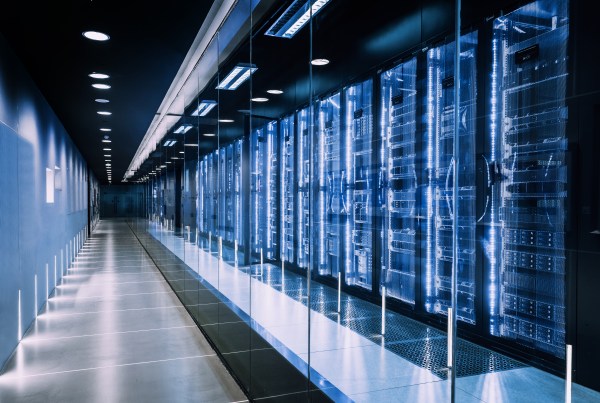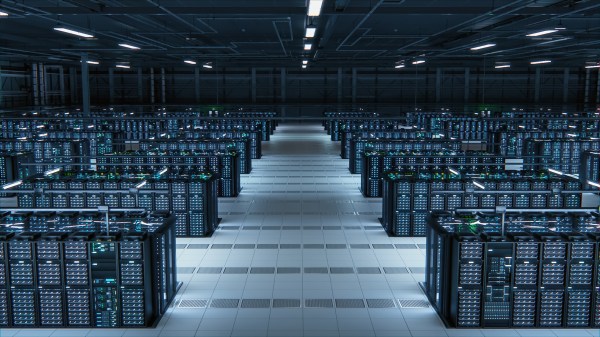Efficiency is a major consideration for all businesses, particularly data centers. In data centers, part of achieving efficiency is making sure that equipment is packed as densely as (safely) possible. To achieve this, data centers need to be able to accommodate diverse server sizes in their rack space. Here is a quick guide to what you need to know.
The role of servers in data centers
Servers are specialized computers designed to provide specific services or resources to other computers, known as clients, within a network. They are optimized for the task they perform. Common server types used within data centers include:
- Web servers
- Database servers
- File servers
- Application servers
- Mail servers
- Virtualization servers
- Backup servers
These different servers come in a range of different sizes and form factors to accommodate diverse computing needs, scalability requirements, and space constraints. Here is a quick overview of the main server form factors commonly used in data centers.
Tower servers
Tower servers are standalone units designed to sit upright on a desk or floor. They are typically larger in size and offer ample internal space for components, expansion slots, and storage drives. Tower servers are suitable for small to medium-sized deployments or environments where rack mounting is not feasible.
Rack-mounted servers
Rack-mounted servers are designed to be mounted in standard server racks, typically measuring 1U or 2U in height. They are horizontally oriented and are stacked vertically within the rack, allowing for high-density deployment and efficient use of space in data center environments.
Modular servers
Modular servers feature interchangeable components and modules, allowing for flexible configuration and scalability. They can be customized to meet specific workload requirements by adding or removing components such as processors, memory modules, storage drives, and expansion cards. Modular servers offer versatility and adaptability for varying data center needs.
Blade servers
Blade servers are modular servers that share common resources within a chassis, such as power supplies, cooling fans, and networking interfaces. They are smaller in size compared to rack-mounted servers and offer high-density computing by housing multiple server blades within a single chassis. Blade servers are suitable for large-scale deployments requiring scalability and space efficiency.
Understanding data center rack space
Data center racks are metal structures designed to hold and organize IT equipment, such as servers, switches, and storage devices, in a compact and standardized manner. They play a crucial role in data centers by providing a framework for mounting and arranging equipment, optimizing space utilization, and facilitating efficient airflow and cable management.
The most common type of data center rack is the standard 19-inch rack. These racks take their name from the fact that their vertical rails are spaced 19 inches apart. This makes them compatible with a wide range of IT equipment. These racks can be open-frame or enclosed. Open-frame racks make for easier access, whereas enclosed racks provide better security.
There is, however, a wide range of other options for other purposes. These include:
- Wall-mount racks
- Rack cabinets
- Specialized racks
- Blade server chassis
Challenges in accommodating different server sizes
Here is a quick overview of five of the key challenges in accommodating different server sizes in data center rack space.
Space constraints
Efficient space utilization is crucial for maximizing the capacity and scalability of data center infrastructure. One solution is to implement modular racking systems that allow for flexible configuration of rack space based on server size requirements. By using adjustable rails or shelves, data center managers can optimize space usage and accommodate servers of varying dimensions effectively.
Cooling and airflow management
Inadequate cooling can lead to overheating, reduced performance, and potential hardware failures. To address this, data center managers can implement strategies such as hot aisle/cold aisle containment, blanking panels, and precision cooling systems. By optimizing airflow management, they can ensure efficient cooling and maintain optimal operating temperatures for servers of all sizes.
Power distribution
Effective power distribution is essential for ensuring reliable operation and preventing power-related issues. One solution is to use intelligent power distribution units (PDUs) with metering and monitoring capabilities. These PDUs can provide real-time power consumption data, allowing data center managers to allocate power resources efficiently and prevent overloads or imbalances.
Cable management
Poor cable management can lead to cable congestion, airflow obstructions, and difficulties in troubleshooting and maintenance. To address this challenge, data center managers can implement cable management solutions such as cable trays, cable management arms, and cable ties. By organizing and securing cables effectively, they can maintain a neat and tidy rack environment and minimize potential issues related to cable clutter.
Hardware compatibility
Mismatched hardware can lead to installation errors, compatibility issues, and potential damage to equipment. One solution is to adhere to industry standards and best practices for server deployment, such as the 19-inch rack standard for mounting equipment.
Data center managers can also consult with vendors to ensure compatibility and obtain proper mounting accessories or adapters as needed. By maintaining compatibility and adherence to standards, they can streamline server deployment and reduce the risk of compatibility-related issues.







